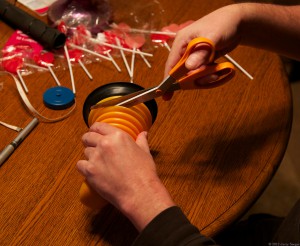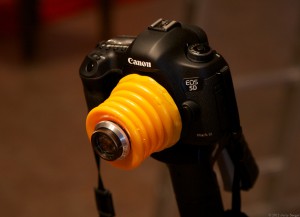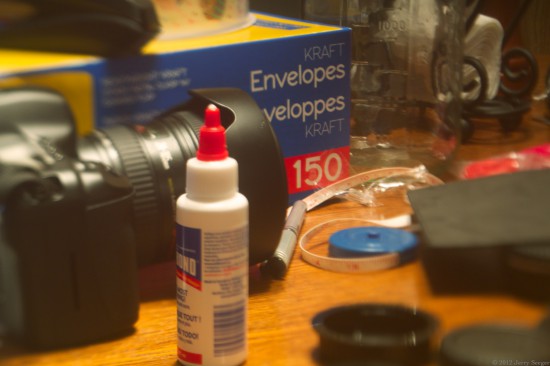“You were up late last night,” the light of my life said on Sunday.
“Really?” I said around a yawn. I had been reading, you see, and kind of lost track of time. I’d got caught up in a space opera called The Phoenix Conspiracy, and I wanted to see how it played out.
Space Opera, for the uninitiated, is what you get when you put Horatio Hornblower into space (where he goes by the alias James T. Kirk). They are pulp romance novels wrapped with that old-west feel that Out There it doesn’t matter where you come from; if you kick enough ass you will rise to the top.
The knock against space opera (he says like there’s only one) is that usually the conflict is between the hero and some totally bad guy. Black and white. Why is the bad guy doing all those evil things? Because he’s evil! To roughly quote a member of the Kansas Bunch: Why would he destroy the world? It’s where he keeps all his stuff!
I am happy to report that, despite other warts, the primary driver of conflict in The Phoenix Conspiracy by Richard Sanders was between two people on the same side who have a very different take on events. The hero, Calvin, is commander of a super-high-tech spy ship. He’s not a disciplinarian, rather he uses his personal relationships with his crew to get the most out of them. He has had some notable successes. Then he gets a new Executive Officer, a Totally Hot woman who technically outranks him. She’s from the regular navy, and she’s totally smokin’ hot. In management style, Summers is the polar opposite of Calvin. And hot.
They probably could have worked through the style differences, with time, but there is no time and Calvin almost instantly is compelled to keep secrets from her. Her last commander lied to her, almost implicating her in treason, and she’s not going down that road again. (Her former commander did notice, however, that she was very attractive.)
Have you gotten tired of hearing how hot Summers is? Yeah, I did too, during the third lengthy description of her, which came somewhere around chapter two. She’s also good at chess and is an excellent tactician, and knows how to run a tight ship. Did I mention she’s hot? ‘Cause dude, she’s really hot.
Another thing I liked about this book: None of the classic bad-guy mistakes. No “Leave this one for me.” No “Since you cannot escape I’ll tell you my whole plan.” No “I want this to be poetic.” The conflict escalates, Calvin’s weaknesses are exploited (a hero with weaknesses!), stakes rise. No one makes The Blunder that lets the other succeed. At the end of the conflict between the two, the stakes are very high indeed, though how the stakes are perceived by the two could not be more different. They both do things they’re going to have to live with later.
Meanwhile, of course, there’s a threat against the Empire, and both Navy and Intelligence Wing are likely infiltrated. Enemies are deep inside human space. And so forth. It’s satisfyingly complex. The story is set in the happy FTL≠TT (Faster-than-light ≠ time travel) alternate physics that we all love, and there’s just enough talk of ‘depth into alterdspace’ and ‘eighty percent potential’ to make it sound like they know exactly how things work, even if we don’t.
So, as space opera goes, this is a pretty good example. There are some things that bugged the heck out of me, however. ‘Port’ and ‘starboard’ in space. Multi-Terabyte thumb drives but no mobile phones. Being able to dock in an Intelligence Wing ship and somehow walk down the jetway (yes, jetway) and having no one suspect you’re in Intelligence Wing. For all the windows in these space ships, you’d think there’d be one that could allow the people on the space station to look at the boat that just docked.
There were multiple cases of computer hacking, some silly, one realistic. They got a dumbass to type his password for them. That’s how real hackers work.
And then there’s on-board romance. It seems to be par for the course in this military, to the point where it’s not even considered whether a relationship might affect performance (even when it demonstrably did). Sure, if your whole life is in the military, you’re going to find your life-partner there, too. And that’s OK. But in this navy you don’t get the sense that they have any rules about that stuff at all. The regulations would even help increase tension in some cases. Better tell her how you feel, Shen, before she’s promoted above you.
But that gets to my root complaint. Despite the relaxed command style of Calvin, there were several characters here who I just couldn’t picture in a uniform at all. Even a lenient commander will have come up through the ranks and will have been given a dressing-down over trifling details. If he doesn’t take those to heart, he’s not going to find himself in command. Here we have naval officers (well, Intelligence Wing officers — the connection is ambiguous) who are slobs.
You could argue that they are there for their intelligence and their ability to analyze data and reach surprising conclusions. You could argue that this is where the navy puts bright kids who don’t fit the mold. I’ll follow you down that road. It would have taken only one sentence somewhere in the early chapters to establish that. It would have made it all the more perplexing that Summers was put on this boat.
Which reminds me. The Nighthawk has special powers even the Navy doesn’t know about. How the heck does Summers end up there? I mean, sure, she has a ‘spectacular figure’, but she’s also navy. How does Intel Wing agree to that?
But slack must be cut here. It’s a story that happily embraces its genre, one I like, and it does a pretty good job of it. It shines just where most pulp fiction fails — it makes the conflict grounded, human, and sympathetic on both sides. You know Calvin has to prevail, but you don’t want Summers to get hurt when he does. Honestly, not too many worries on that score, but the fact I cared tells you what you need to know. That and the book-readin-machine glowing well into the wee hours of the night. If you like the genre, I heartily encourage you to give this one a try.
Note: Normally down here I mention that if you buy the book I reviewed by using the link in this episode I get a kickback. It’s part of my journalistic integrity (snerk). This time, however, you couldn’t pay for the book if you wanted to (as far as I can tell). It’s free. So maybe you should consider this Classic Flame 26MM8404E451 Captiva Electric Fireplace and Media Console With Included Glowing Ember Bed Realistic Resin Logs, which costs only… wait for it… $1.15 billion. With a ‘b’.













